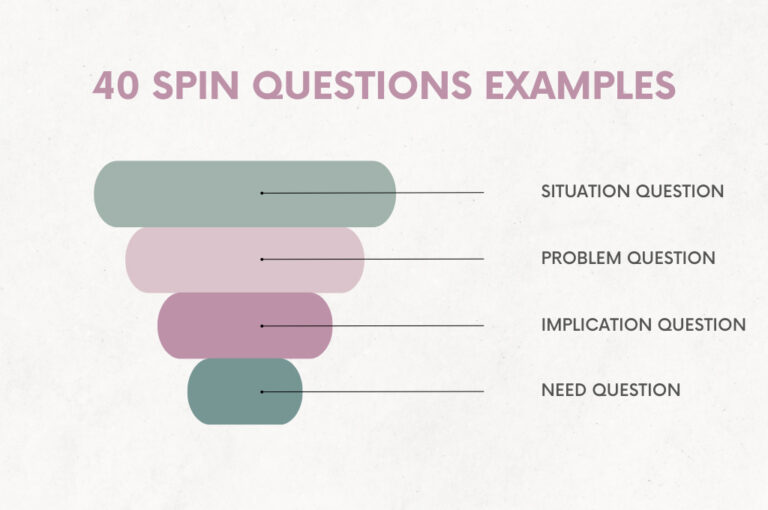On-Target Earnings: Definition & How OTE Works

Understanding On-Target Earnings (OTE) is crucial for professionals engaged in roles where their economic rewards are closely aligned with their performance outcomes. This article delves into the nuances of OTE, exploring its definition, calculation methods, and its implications in capped versus uncapped earning scenarios. Through examples of positions that commonly include OTE compensation and answers to frequently asked questions, we aim to provide a comprehensive overture into how OTE operates within various professional contexts.
What Is OTE?
On-Target Earnings (OTE) refer to the comprehensive annual compensation an employee can expect to earn if they meet specific performance goals. This total usually includes a base salary plus any bonuses, commissions, or other financial incentives linked to the achievement of targets. OTE is a critical concept in roles where performance directly influences earnings, such as in sales or certain business development positions. Understanding OTE is essential for employees and employers alike, as it sets clear expectations around potential earnings and performance objectives.
How Do You Calculate OTE?
Calculating On-Target Earnings (OTE) involves combining an employee’s base salary with the expected commissions or bonuses for achieving specific performance benchmarks. The process can vary depending on the structure of a company’s compensation plan. However, the fundamental steps to calculate OTE remain consistent across different industries and roles.
Capped vs. Uncapped OTE
When discussing OTE, it’s important to understand the distinction between capped and uncapped earning potentials. This differentiation affects how employees approach their performance targets and their potential earnings.
Capped OTE
Capped OTE means there is a maximum limit to the earnings an employee can receive from commissions or bonuses, regardless of their performance beyond certain thresholds. This cap is set to limit the total compensation payable by the company. While this might protect the company’s budget, it can sometimes discourage employees from exceeding their targets once they hit their cap.
Uncapped OTE
Uncapped OTE, on the other hand, offers no upper limit on the earnings from commissions or bonuses. This structure encourages employees to exceed their sales or performance targets without worrying about hitting a ceiling on their potential earnings. It can lead to higher levels of motivation among high-performers, driving them to contribute significantly to the company’s revenue.
Examples of Positions with OTE Compensation
OTE compensation structuring is prevalent in roles where employee performance directly impacts business revenue, particularly in sales and certain business development positions. Here are a few examples of jobs where OTE plays a vital role in the compensation package.
Field Sales Representative
Field Sales Representatives often have an OTE component as a significant part of their compensation. Their base salary may constitute a more substantial guarantee of pay, with commissions earned on sales serving as the variable component. The aim is to incentivize reaching or surpassing sales targets, driving revenue directly from the field.
Sales Manager
Sales Managers typically oversee teams of sales representatives, and their OTE is designed to reflect not only their personal sales achievements but also the performance of their teams. Bonuses might be linked to collective targets, encouraging not just personal performance but the mentoring and improvement of team members’ results as well.
Sales Director
A Sales Director’s compensation also often includes OTE, but at this level, the structure might be more complex. It can involve company-wide performance metrics, market expansion success, or other high-level strategic goals. The OTE for a Sales Director aligns their interests with the broader corporate objectives, motivating top-tier leadership to drive the company’s revenue growth.
FAQ
OTE, or On-Target Earnings, often generates questions, especially for those new to compensation structures that include variable components. Below are answers to some frequently asked questions regarding OTE.
What Is OTE Salary?
OTE salary refers to the total expected annual compensation an employee can earn by achieving specific performance goals. This total typically comprises a base salary plus any commissions, bonuses, or other incentive pay that is contingent upon meeting those targets. The concept of OTE is particularly common in sales-oriented positions, where a significant portion of an employee’s potential earnings is tied to performance.
How Do You Calculate OTE?
To calculate OTE, start by identifying the base salary — the fixed annual amount guaranteed regardless of performance. Next, determine the potential earnings from commissions or bonuses by considering the targets set for the employee. These variable amounts are often expressed as a percentage of sales or as a flat rate for achieving specific objectives. Add these projected commissions or bonuses to the base salary to get the OTE. It’s crucial to remember that the actual amount earned may vary depending on the employee’s performance relative to the established goals.
Final Thoughts
OTE, or On-Target Earnings, represents a pivotal concept in the realm of performance-based compensation, bridging the gap between employees’ efforts and their potential earnings. Whether through capped or uncapped structures, OTE offers a tangible motivation for employees to excel in their respective roles. Understanding how OTE is structured and calculated is essential for both employers designing compensation packages and employees navigating their career growth. The examples of positions with OTE compensation underscore its prevalence in roles directly tied to an organization’s revenue generation. As the professional landscape continues to evolve, the principles surrounding OTE will remain a cornerstone for incentivizing and rewarding performance. Embracing the dynamics of OTE, therefore, can lead to more aligned, motivated, and productive workforce.






